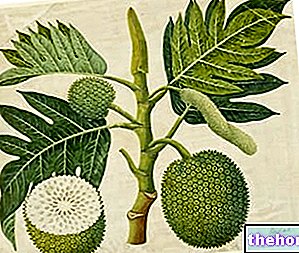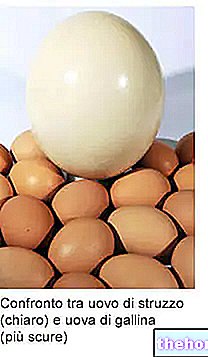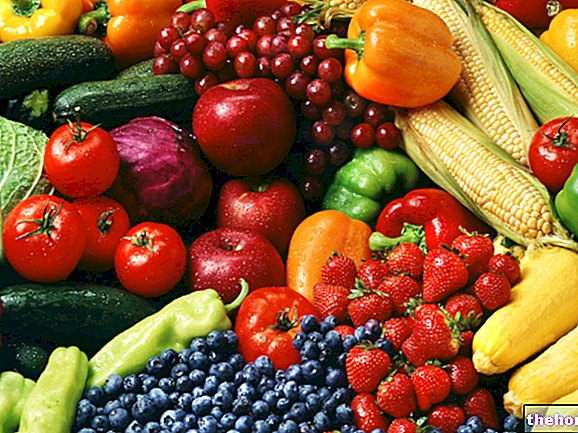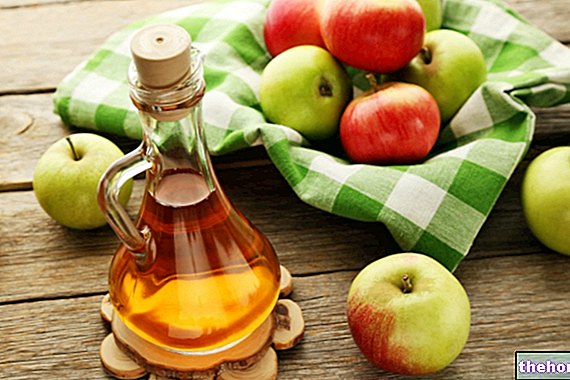
The study of prebiotics began in the 1990s with the aim of providing specific nutrients to the intestinal bacterial flora, stimulating their growth. After learning the beneficial properties of live lactic ferments and having encountered the objective difficulties in making them survive gastric digestion, the scholars tried to supply the organism with optimal nutrients to stimulate the growth of beneficial microflora. These studies gave rise to prebiotics, substances which, according to the current classification, must have very specific characteristics, which can be summarized in the following points:
- they must overcome, almost unscathed, the digestive processes that take place in the first tract of the digestive tract (mouth, stomach and small intestine);
- they must represent a fermentable nutrient substrate for the intestinal microflora, in order to selectively stimulate the growth and / or metabolism of one or some bacterial species;
- they must positively modify the microbial flora in favor of the symbiont one (bifidobacteria, lactobacilli);
- they must induce positive luminal or systemic effects for human health.
These rigorous constraints exclude from the category of prebiotics many substances which, although not absorbed or hydrolyzed in the first part of the digestive tract, are nonspecifically fermented by numerous bacterial species. The most known and studied prebiotics are oligosaccharides and in particular inulin and fructo-oligosaccharides (FOS). Some also include other substances in the category of prebiotics, such as galacto-oligo-saccharides (TOS), gluco- oligo-saccharides (GOS) and soy-oligo-saccharides (SOS).
with acidification of the intestinal contentsThe fermentation of prebiotics by the intestinal microflora originates lactic acid and short-chain carboxylic acids which, by virtue of their acidity, create favorable environmental conditions for the growth of symbionts (Bifidobacteria, Lactobacillus Acidophilus) and hostile for the development of pathogenic microorganisms. Consequently, there is a decrease in the "enemy" flora and its toxic metabolites which, when present in excessive concentrations, favor inflammation of the mucosa and alter its permeability, with negative repercussions on the health of the whole organism. These include ammonia (toxic to the brain), biogenic amines (highly toxic), nitrosamines (hepato-carcinogenic) and secondary bile acids (potent promoters of colon cancer).
The short-chain fatty acids produced by the fermentation of prebiotics are also attributed protective functions against inflammatory bowel diseases. Butyric acid seems to have a preventive effect on the development of colon cancer; moreover, FOS improve the bioavailability of the isoflavones present in legumes (substances which have protective effects against various types of cancer, such as breast and prostate cancer). .
- Trophism of the mucosa and cell proliferation
Short-chain fatty acids (especially butyric acid), in addition to reducing the proliferation of pathogens and having antiputrefactive properties, are an excellent nourishment for the cells of the colon mucosa and help to improve trophism and effectiveness. All this translates into a better absorption of nutrients at the expense of toxic ones.
- Increased bioavailability of minerals
Prebiotics indirectly facilitate the absorption of water and some minerals in ionized form, in particular Calcium and Magnesium.
- Hypocholesterolemic action
In some studies, prebiotics have been shown to be useful in reducing the plasma concentration of cholesterol and, to a lesser extent, of triglycerides. Probably, as often happens when it comes to cholesterol, the effectiveness of these substances depends on the type of diet of the subject: the more this is rich in saturated fats and cholesterol, the greater the effects of prebiotics.
In nature, oligosaccharides are present in numerous edible plants such as chicory, artichoke, onion, leek, garlic, asparagus, wheat, bananas, oats and soy. On an industrial level, inulin is obtained above all from chicory root (an industrial waste is transformed into a precious product). Other prebiotics, such as FOS, can then be produced from this fiber by enzymatic hydrolysis. fructo-oligosaccharides are also obtained starting from sucrose, according to a process known as transfructosylation.
and inulin) generally range from 2 to 10 grams per day. Only if taken in high doses can they cause mild gastrointestinal disturbances such as flatulence, bloating and diarrhea; to avoid these disturbances, it is advisable to gradually increase the intake dose, until reaching that of the regimen over a few weeks.
Prebiotic dietary supplements are particularly suitable for those who follow a diet low in fruit and vegetables, have to recover from antibiotic therapy or suffer from gastrointestinal disorders (in this case it is good to talk to your doctor first as, depending on the case, prebiotics could have effects opposite to those hoped for).




























